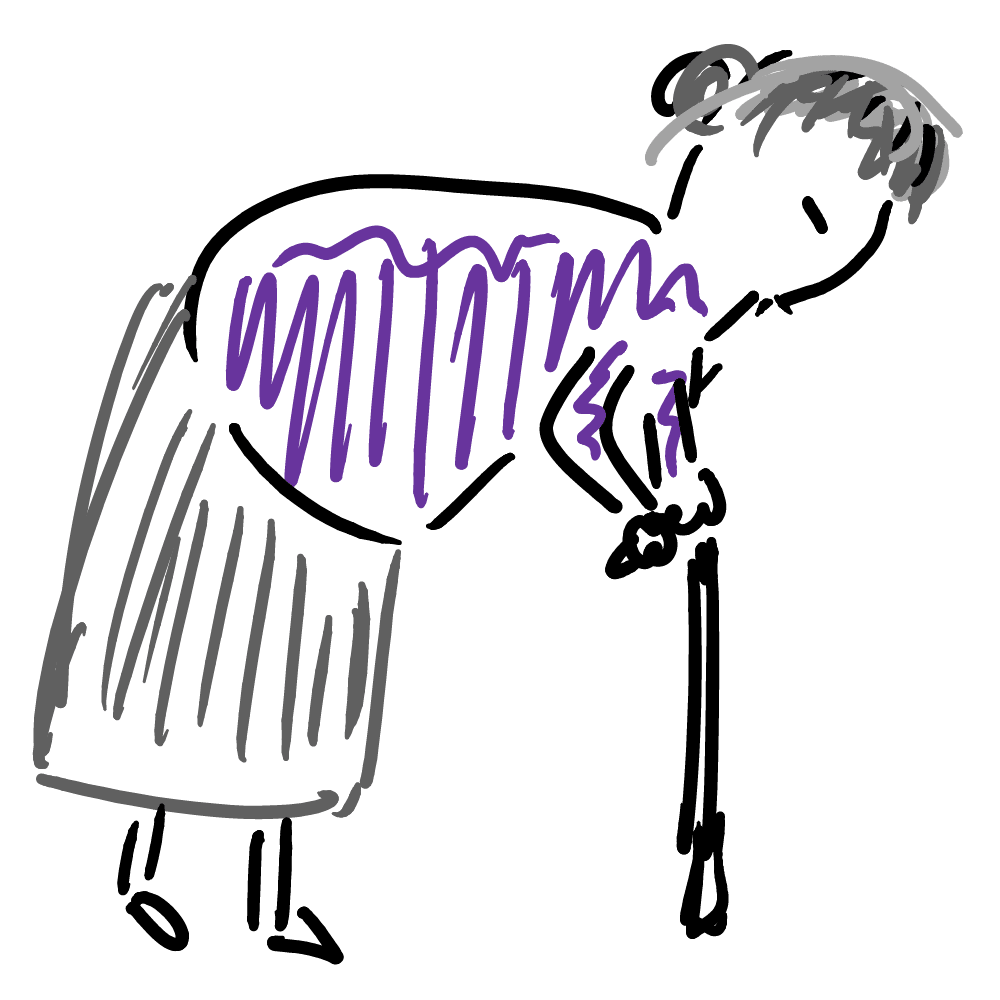Principles of Art
March 18, 2005
Material Inquiry is a month-long national exhibition of textile and fiber arts works at Macalester College. I briefly toured the exhibit on the morning of March 18th, the closing day, for comments and thoughts to be submitted at the Principles of Art class.
The square lounge, located at the center of the Janet Wallace Fine Arts Center, was empty and wide open – having never been to the lounge except for discussions and lectures (from the Humanities and Cultural Studies department), the place seems to me a bit too vulnerable to maltreatment. What if items from the exhibition or the postcards are taken? Which doors lead to the rest of the exhibition, and which doors do not? It was not so easy to tell that one glass door led to the tunnel portion of the exhibit while another led to the security office. This was coupled with the relative invisible position of the labels, which is explained in reference to Reach.
The most prominent work for students jogging to the Humanities building is Purposeful/Purposeless (Bea Drysdale, 2004, purple tissue paper), a set of two massive purple rugged surfaces hanging from the ceilling. Each piece draws in its lower edge opposing diagonal lines, which when viewed from the side provides for a sensation of an oblique angling. Its composition represents to me the automatic walking elevators installed in major shopping centers (with the difference that shoppping center elevators are not purple) installed to each corner of the floor.
As opposed to the opaque From the feast table #9 (Anne Wilson, 2001, hair, cloth, thread), Purposeful/Purposeless conveys an intense sense of color, albeit monochromatic. Wilson focuses more on the minute coffee spills resulting from long afternoon guest visits at the dining tablecloth. From the feast table consists of a set of four circle-shaped spills (of materials made to represent coffee -or tea for that matter- spills), while equally monochromatic, From the feast table is rendered as still motion by the very technique that portrays it as the product of everday life. Unlike Purposeful/Purposeless, Wilson uses negative space, surrounded circumferentially by the black and brown material, to project her images.
The uneasiness with which the spectator relates to the works under exhibit at Material Inquiry surfaces upon facing Reach (Marcelyn Bennett Carpenter, 2005, elastic). At first impression, I had conceived this work to be made of melted rubber.
I was wondering if Reach was a metaphor of the groundbreaking discovery in the early 20th century that energy existed in discrete chunks (and not as a infinitely divisible continuum) for its parallel in the way each rubber bar was designed to project the observer to the other side of the work through its intersticial negative spaces. That is, had there been two of us in the lounge, I could have stood to the other side of the second person, and we would both have stared at each other through discrete fragments of our respective images, interrupted by the rubber bars, and not through the full continuated image.
My speculation was denied when I stumbled upon the artist’s statement, hiding to one corner of the wall. According to the description, Reach is a work of white elastic bands hanging from the ceilling, intended to be played with by the receiver. Bennett himself demonstrates it by pulling both strands of elastic to create the shape of light rays expanding through a prism, and the elastic bands were stretched to an extent I would not have tried, had I missed the statement. Once the receiver starts interacting with the material, however, the idea of discrete/continuation of energy as embodied in Reach is invalidated, as the space between the bands is narrow enough to disappear once they are twisted.
This experience leads to the reflection on the relationship between the work of art and the artist’s statement (in the case of Material Inquiry, little glassed white labels stuck to the nearest wall from each work). Sally Mann, one of the artists featured in the documentary Art 21, had scorned of those “art critics” who pay way more attention to the little blurbs containing the artist’s statement than the art itself. However, if a crucial information that directly affects the way formality itself is perceived (e.g. Reach could be conceived as a harp, if touched, or as the multiple levels of discrete electromagnetic orbital excitement in atoms, if untouched) is not evident until the spectator/receiver actually notices the blurb, doesn’t this phenomenon substantively endanger the status of the object of art in Reach, as it cannot exist independent of its (purportedly secondary) context?
This leads again to the question, “who inquires the material?”, as communication between artist and receptor does not seem to be occuring as intended – (althought the force of such purist criticism may be challenged) – who is the artist talking to, who is listening, and what is being communicated? These concerns may be overridden by the belief that anything goes in art, as long as something goes. Arguably, my visit to the exhibit was brief, and since I was alone in the site the more recurring experience of commenting on the works in a social setting did not occur, which limits the strength of my argument.

Leave a Reply